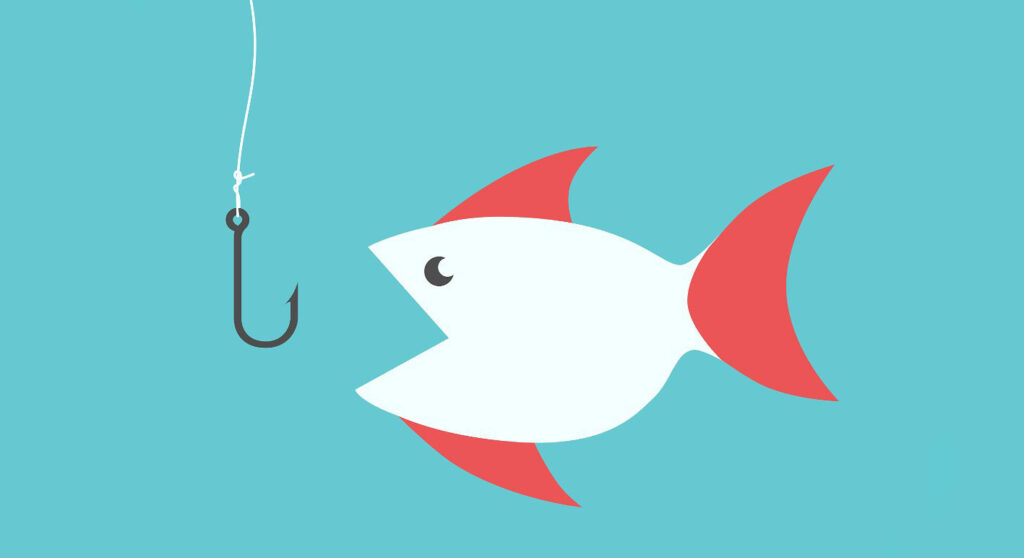Clickbait is a controversial advertising tactic for the publishing of online content, by which shocking, attractive or intriguing titles and thumbnails are created with the only purpose of attracting more clicks.
Clickbait content distort or exaggerate the material that it supposedly describes. The goal is to trigger an emotional response in the audience. Its equivalent in traditional media is the sensationalist journalism or “yellow press”.
How was Clickbait born?
Unlike printed newspapers, online media does not have an income from printed material, so they depend entirely on advertising. And the advertising income is directly correlated with the size of the audience, that is, the amount of web traffic that specific media has.
Capturing the visitor’s attention became vital to journalists and particularly difficult in our current context of information overload. This new dynamic is known as “the attention economy“. Some websites simply resisted from publishing quality content and focused on virality. More and more content was designed to appeal to social media audiences by being “shareable”. The most iconic example of this trend is BuzzFeed, with its attention-grabbing titles and poor content in the form of random images and memes from the Internet.
Types of Clickbait
In all clickbait cases, the real content of articles and videos is usually misrepresented or exaggerated. The titles are written with the intent of awakening the reader’s curiosity with ambiguous expressions like “This will shock you” or “Here’s what you need to know”. The use of celebrities names is also very common: “You won’t believe what Miley Cyrus said” or “The secret Bill Gates doesn’t want you to know”.
The use of sexual imagery is also a very common clickbait practice, especially on videos. We can often find suggestive images as video thumbnails placed on a video that is unrelated to that image. The most extreme tactic is the creation of content that is simply fake. Some youtubers, for example, have been caught creating shocking and dangerous “pranks” that are actually staged with paid actors.
Is it ok to use Clickbait?
Luckily, the use and abuse of clickbait tactics has resulted in several online platforms taking measures to penalise this kind of content. The readers are also more aware and in many cases have exposed content creators who use these tricks. The main drawback of clickbait is that it only works as a short-term practice. It does not help to build a respectable and lasting brand. Sooner or later, our readers will lose trust.
Even though clickbait should be avoided, it must be said that titles and images that are merely descriptive could be boring for the visitors. Attractive and fun content is important to catch and hold the audience’s attention, while keeping in mind we should not misrepresent or exaggerate information.

